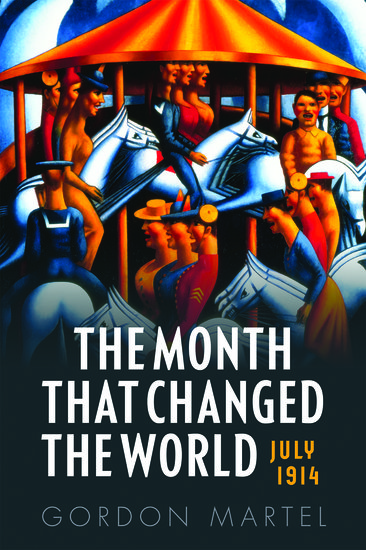The OUP and BPP National Mooting Competition
Oxford University Press and BPP Law School are proud to co-sponsor this national mooting competition which provides law students from around the country with the opportunity to practise and hone their advocacy skills.













